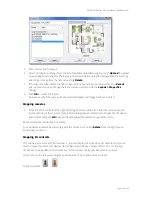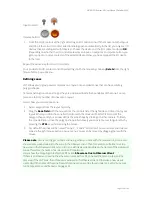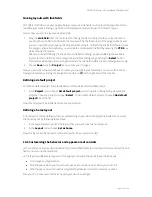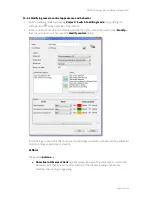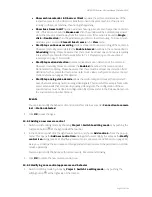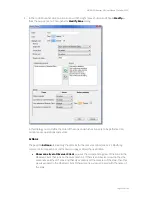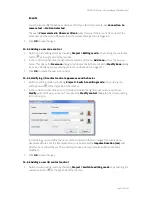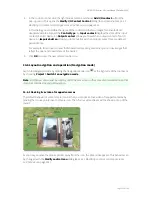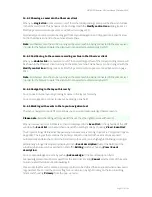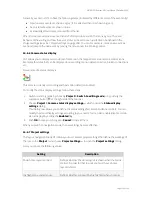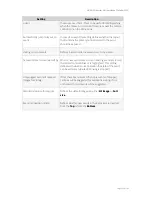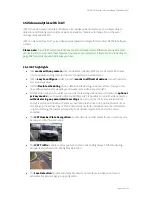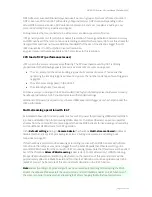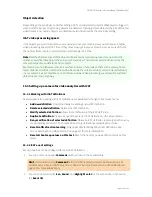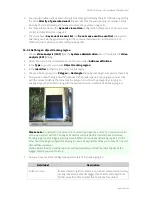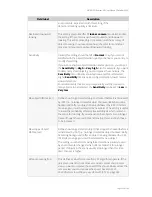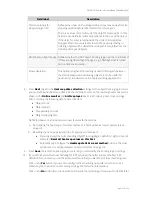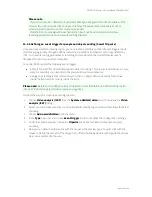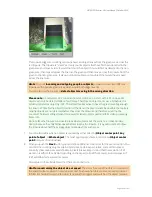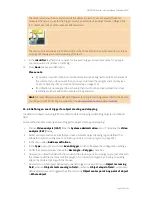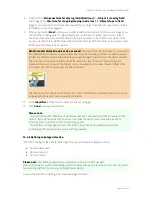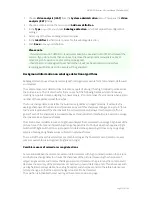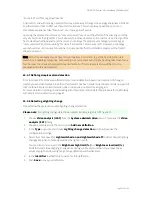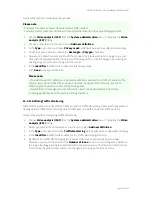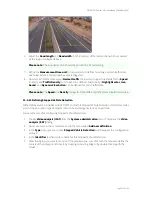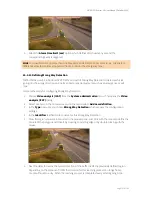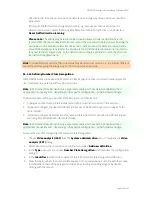
NETAVIS Observer 4.6 User Manual (October 2015)
Page 143 of 204
MPEG streams causes additional delays because it works on groups of pictures or frames (so called
GOPs). As a rule of thumb, iCAT adds a delay of approximately 1 GOP duration. Depending on the
actual MPEG cameras model, a GOP duration is between 0.5 and 1 sec (see also
4.2 Adding a new
camera and setting basic properties
on page 31).
Analog cameras that are connected via a video server are also supported, of course.
iCAT generally works on CIF (or QVGA or nearest) resolution. This is a good balance between accuracy
and CPU overhead. If there is a continuous recording enabled for the camera, iCAT uses this stream for
its algorithms and does not cause additional bandwidth. If the size of the stream is bigger than CIF,
iCAT downscales it to CIF (or QVGA or nearest) resolution.
Any pixel measures that are available in iCAT are relative to this resolution.
CPU load of iCAT (performance issues)
iCAT runs on the server and works very efficiently. The CPU overhead caused by iCAT is directly
proportional to the following aspects (see also
15.2 Basic iCAT concepts
on page 141):
The size (area) of all the active tracking regions of all cameras of a server. This means that
optimizing the tracking regions will save CPU power. The number and shape of event triggers is
negligible.
The video processing speed (in fps) of iCAT.
The streaming format (see above)
An Observer server running with iCAT on standard (not high-end) desktop server hardware can easily
handle approximately 10 iCAT-enabled cameras with standard settings.
Additional CPU power (like quad core), enhanced RAM speed, and bigger L2 caches help to boost the
iCAT performance.
Multi-streaming operation with iCAT
As indicated above iCAT normally needs much more CPU power for processing MPEG streams (MPEG-
4, H.264, and MxPEG) than for processing MJPEG streams. Therefore Observer can pull two parallel
streams from the camera if the camera supports that: one MPEG stream for live viewing and recording
and 1 additional MJPEG stream for iCAT operation.
In the
Default settings
dialog in
Camera Admin
the checkbox
Multi-stream allowed
enables or
disable this dual-stream iCAT processing (see also
4.2 Adding a new camera and setting basic
properties
on page 31).
If this checkbox is selected and live viewing or recording is active with an MPEG stream with a frame
rate of more than 5 fps or a resolution bigger than VGA 640x480 pixels then Observer will try pull a
second MJPEG stream from the camera for iCAT processing (please note that this stream will be pulled
even if the checkbox
Allow JPEG streaming
is deselected). For Face Detection, Traffic Monitoring,
Stopped Vehicle Detection, and Wrong Way Detection the resolution of this second stream will be
approximately VGA size (640x480 pixels) and for other iCAT definitions it will be approximately QVGA
(320x240 pixels). The frame rate of this second stream depends on the iCAT function.
Note:
Dual-streaming iCAT processing will not be activated automatically after selecting the Multi-
stream checkboxes. Please restart the server or stop and start (disable/enable) all iCAT functions of
the camera in order to activate dual-streaming iCAT after changing the Multi-stream selections.

